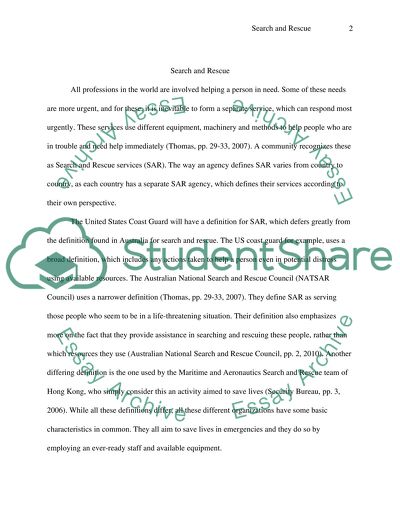Cite this document
(Search and Rescue Services Essay Example | Topics and Well Written Essays - 2000 words, n.d.)
Search and Rescue Services Essay Example | Topics and Well Written Essays - 2000 words. Retrieved from https://studentshare.org/professional/1572608-search-and-rescue-at-sea
Search and Rescue Services Essay Example | Topics and Well Written Essays - 2000 words. Retrieved from https://studentshare.org/professional/1572608-search-and-rescue-at-sea
(Search and Rescue Services Essay Example | Topics and Well Written Essays - 2000 Words)
Search and Rescue Services Essay Example | Topics and Well Written Essays - 2000 Words. https://studentshare.org/professional/1572608-search-and-rescue-at-sea.
Search and Rescue Services Essay Example | Topics and Well Written Essays - 2000 Words. https://studentshare.org/professional/1572608-search-and-rescue-at-sea.
“Search and Rescue Services Essay Example | Topics and Well Written Essays - 2000 Words”. https://studentshare.org/professional/1572608-search-and-rescue-at-sea.


